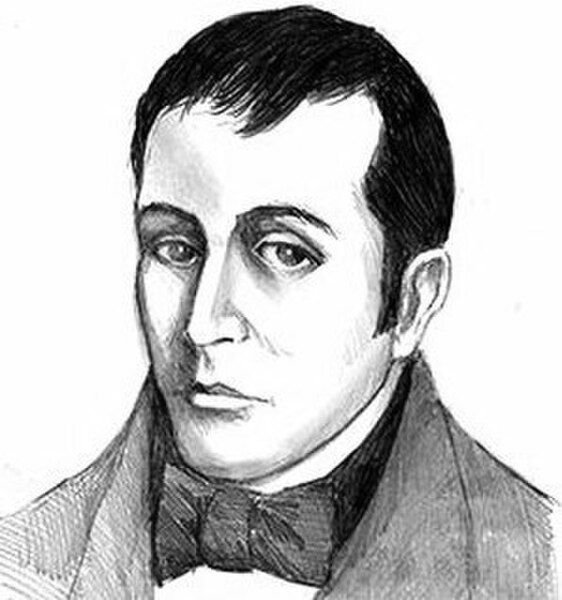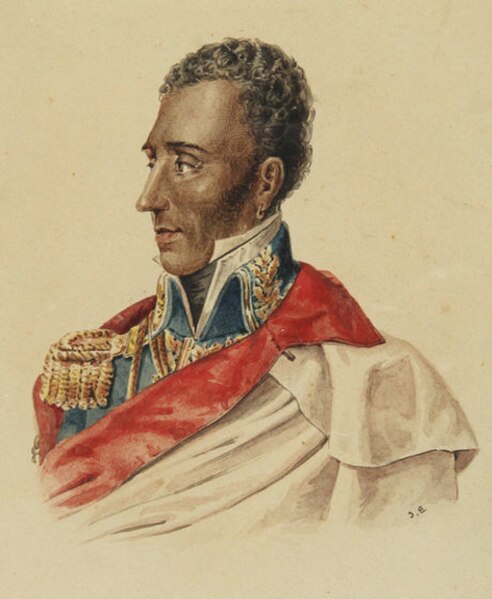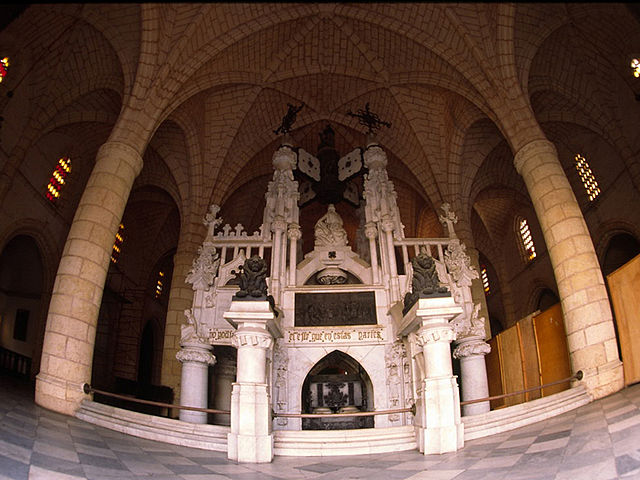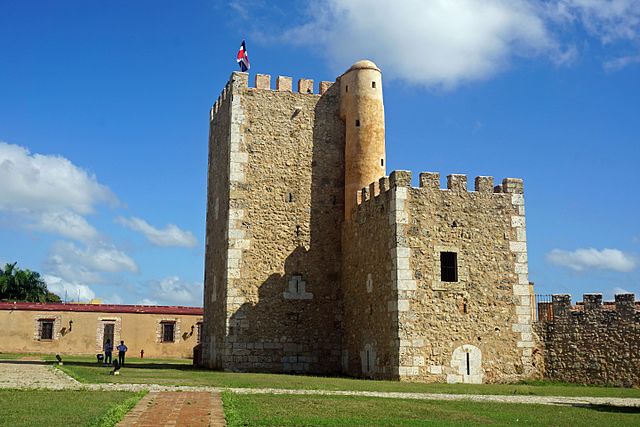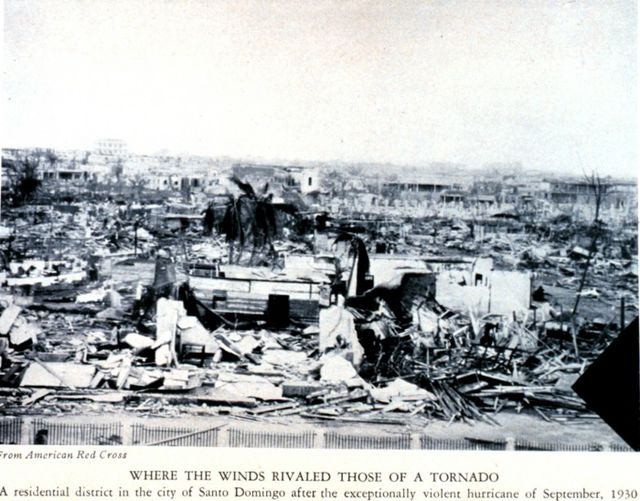Dominican War of Independence
The Dominican War of Independence was a war of independence that began when the Dominican Republic declared independence from the Republic of Haiti on February 27, 1844 and ended on January 24, 1856. Before the war, the island of Hispaniola had been united for 22 years when the newly independent nation, previously known as the Captaincy General of Santo Domingo, was unified with the Republic of Haiti in 1822. The criollo class within the country overthrew the Spanish crown in 1821 before unifying with Haiti a year later.
Dominican War of Independence
José Núñez de Cáceres
Jean-Pierre Boyer, the president of Haiti from 1818 to 1843
An assembly of the Trinitarios
Santo Domingo, once known as Santo Domingo de Guzmán, known as Ciudad Trujillo between 1936 and 1961, is the capital and largest city of the Dominican Republic and the largest metropolitan area in the Caribbean by population. As of 2022, the city and immediate surrounding area had a population of 1,029,110 while the total population is 3,798,699 when including Greater Santo Domingo. The city is coterminous with the boundaries of the Distrito Nacional, itself bordered on three sides by Santo Domingo Province.
Tomb that housed the remains of Christopher Columbus until 1795 (at the cathedral).
The Ozama Fortress is one of the surviving sections of the Walls of Santo Domingo, which is recognized by UNESCO as being the oldest military construction of European origin in the Americas.
Colonial Wall surrounding Santo Domingo, in 1899, Allison V. Armour Expedition
Destruction of Santo Domingo after the hurricane


